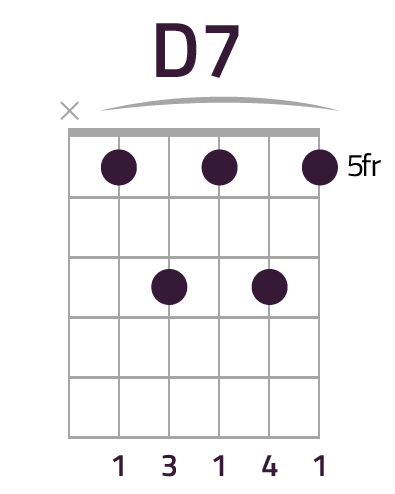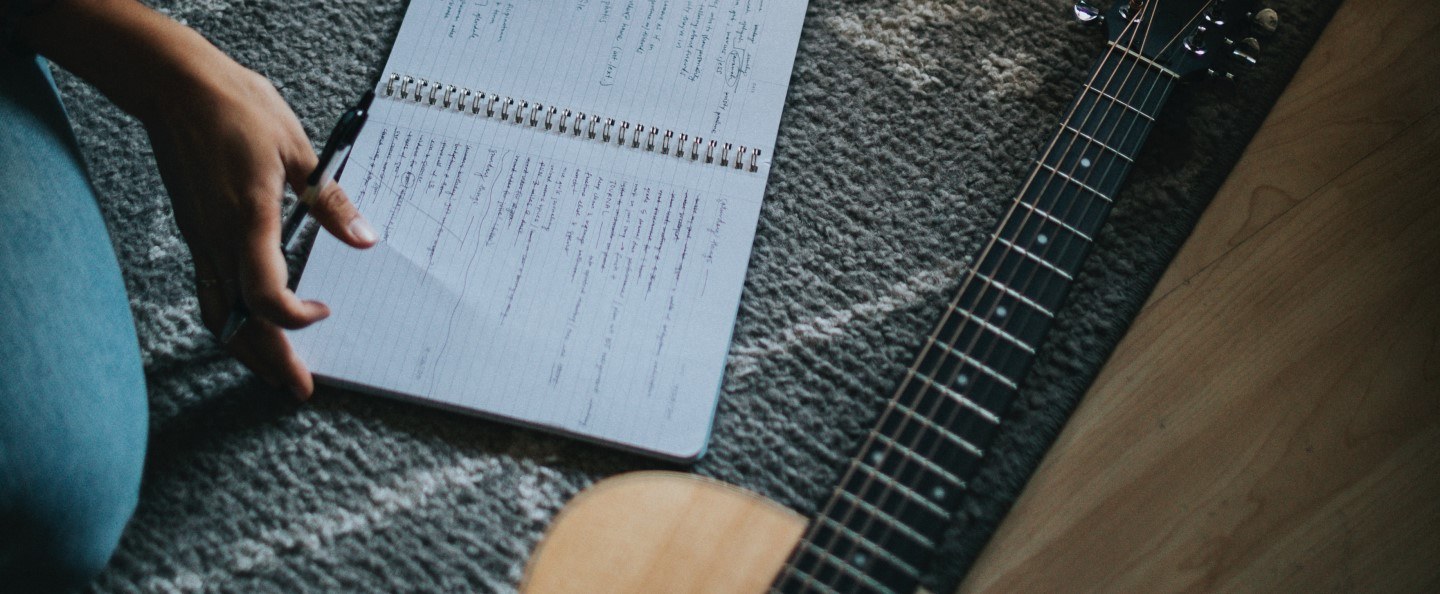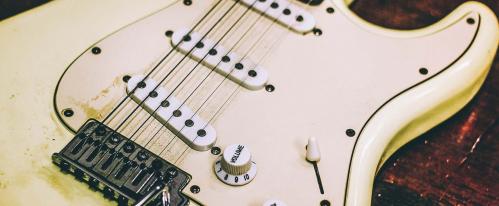Take your guitar solos to the next level with this lesson on mixing major and minor scales
Many guitar players start playing lead guitar and use the minor pentatonic scale as their guitar lick bible. This is the scale we all learn first and, for many of us, it becomes our safety net and our greatest ally when playing guitar.
But what if you want to go deeper? What if you want to break away from this?
One way to do this is by mixing major and minor scales. This is something that all your favourite players probably do on a regular basis with relative ease. In this lesson we’re going to break down this often daunting concept of mixing major and minor scales.
Check out this video and keep reading for tabs, chord diagrams, and our favourite tips for mixing major and minor scales.
In this lesson we’re going to use three scales:
A Minor Pentatonic


A Major Pentatonic


E Major Pentatonic


There is also a track in the video that I play over to demonstrate this concept, which is a 12-bar blues using all Dominant 7 chords:



This principle works great with Dom7 chords as they are technically major chords, but they have a minor element (in this case, they have a b7 note). Check out the YouTube video to hear more on this.
Switching Scales or Sticking with Major?
As this is a 12 bar blues, it’s pretty easy to predict the pattern and guess what scale goes over what chord.
A great way to start is to assign each scale to each chord type.
- The 1 chord is an A7, therefore you can play the A Major Pentatonic over this.
- The 4 chord is a D7. This is the time to switch to A Minor Pentatonic.
- The 5 Chord is an E7, over this you can play the A Minor Pentatonic, or the E Major Pentatonic.
In theory, you can stick with Major for the whole thing, but the Maj 3rd of A (C#) might clash with certain notes in other chords - for example, the D7 chord contains a C note, which will clash with the C# if they are held for too long.
All the examples in the video are using the first position of each scale, but the principle applies to all shapes of the scale.
Sticking with Minor Scales
With the Dom7 chords containing a b7 note, there is therefore a minor element to these chords. This means you can technically solo over the whole progression in your root key minor pentatonic. The only thing to be mindful of here is if playing the b3 note over the 1 chord. The 1 chord will contain a maj3rd which will clash with the b3 of the minor pentatonic scale.
Shifting on the 5 Chord
Over the 5 chord (which is the E7 in this case), you can jump up to the E Major Pentatonic.
The E Major pentatonic contains the same notes as the A Major Scale but re-stacked from an E note.
The reason this works is because the E Major Pentatonic (Taken from the E Major Scale), counts as the Mixolydian mode. The 5 chord in a blues progression is also known as the dominant chord, and the Mixolydian mode is also referred to sometimes as the Dominant Scale.
It’s not uncommon to use this principle over the 5-chord to mix things up.
Put it into Practice
Now put it into practice. Remember this is a concept, not a rule. This can be used as often as you like, and you don’t have to follow it to the letter - dip in and out of this principle at different points of your solo.
Test it out in different keys and over different styles of tracks, and remember to listen closely to the chords to ensure there is no clashing of notes.
If you're ready to move on from this lesson, hit Next for some tips on making your guitar solos better. Go Back if you want to carry on learning theory for our lesson on the CAGED System.




